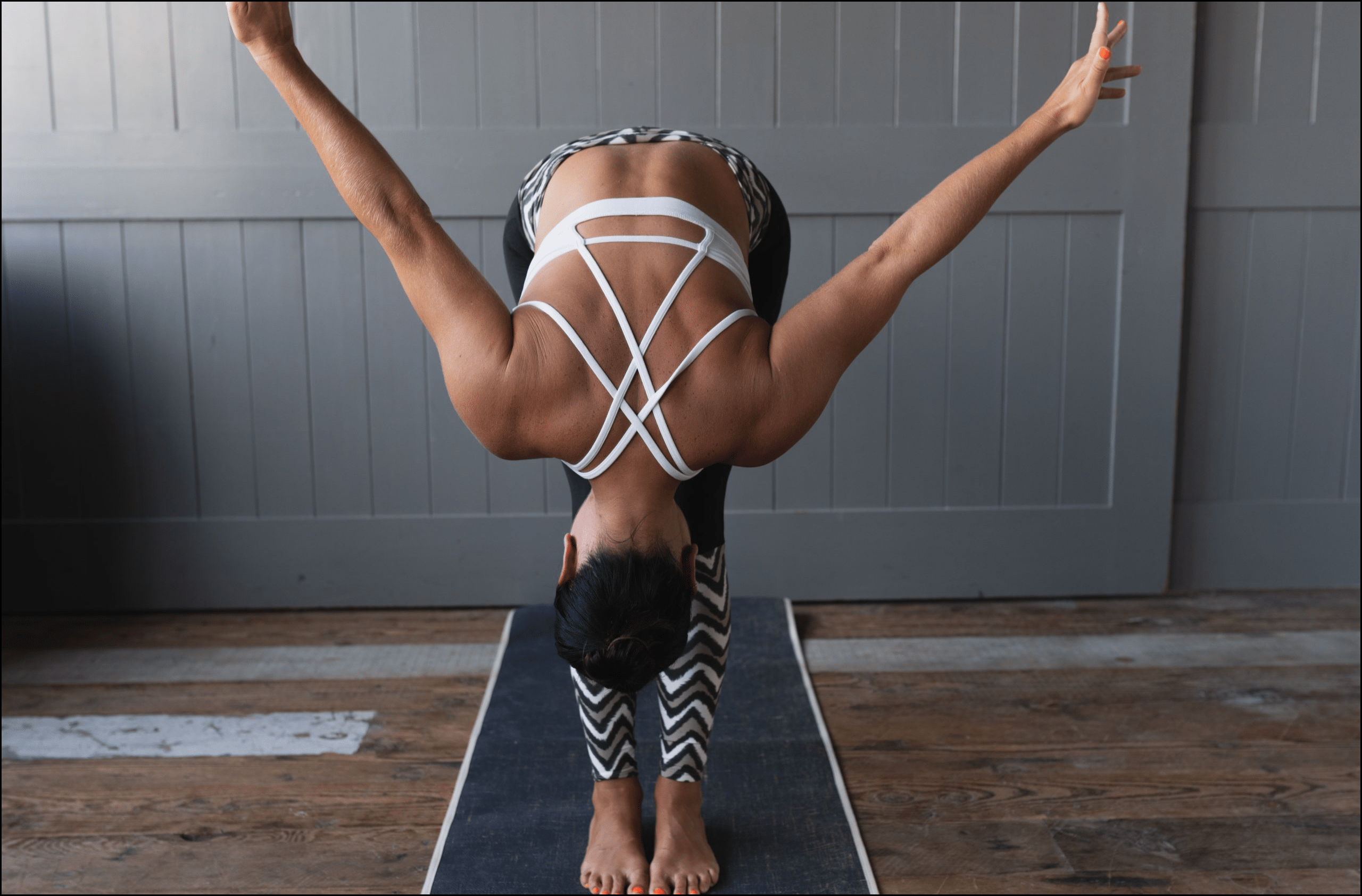What does practicing yoga mean?
Yoga is a systematic practice of physical exercise, breath control, relaxation, diet control, and positive thinking and meditation aimed at developing harmony in the body, mind, and environment. … Most people are familiar with the physical poses or yoga positions but don’t know that yoga involves so much more.

What happens to your body when you practice yoga?
During exercise such as yoga, blood flow increases to the muscles bringing oxygen and essential nutrients to the active tissues. … Over time, with regular stretching, the muscles become more flexible. Extensible muscles are far less susceptible to damage in the future, and put less strain on the body’s joints.
YOGA IS MORE THAN ASANA!
Yoga is more than just Asana (movement).
The practice and lifestyle of yoga is not just about the perfect posture, it’s about creating a deeper connection and awareness of ourselves. As defined in the Yoga Sutras the steps required to reach the connection of self is an eight-limbed path. Asana is only the third. Through Asana an appreciation of Self, develops that deeper awareness and becomes an outward expression. One of strengthened appreciation, feelings of gratitude, and awareness of others.
STYLES OF YOGA
Is Yoga A Religion?
Yoga is practiced in most settings in a completely secular way. However, for many, yoga is spiritual. Others use yoga alongside their religious practices without conflict. The philosophy of yoga can be applied in a way that respects, and even enhances, you’re beliefs and practices.
Yoga recommends ethics and life values as a pathway to bringing calm and steadiness to the mind and well-being to the body. The philosophy of yoga is an extension of its psychology and practices. Yoga does not consider any particular religious belief as a requirement for the practice, and one does not need to forgo any faith to benefit from yoga. The only requirement is to uphold the values of ethics and inner peacefulness.
MEDITATION
The practice of meditation is an organic, holistic, immune system “booster” that provides us with natural ways to reduce the effects of not only physical, but also mental, emotional, and spiritual pollution. Meditation helps us realize that not only the physical toxins that we encounter day to day in our environment affect us, but also by the pollutants to our mind, our spirit, our energy and our divine nature.
Meditation aids in mental focus, helping to purify the body, mind and spirit. It moves us towards enlightenment and encourages more mindful and healthy behaviors to aid us to a path of wholeness. With a steady and regular meditation practice, we have a much greater sense of inner awareness which enables us to detect sooner when something is not right. By being more in touch with ourselves we’re able to administer self care more quickly and efficiently by adjusting our asana or breathing practice to a more gentler one, spending more time in meditation, eating more mindfully, and resting when necessary.








Leave A Comment
You must be logged in to post a comment.